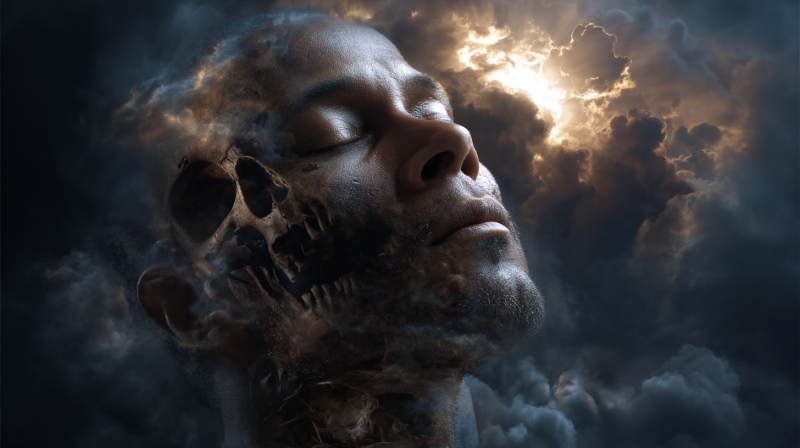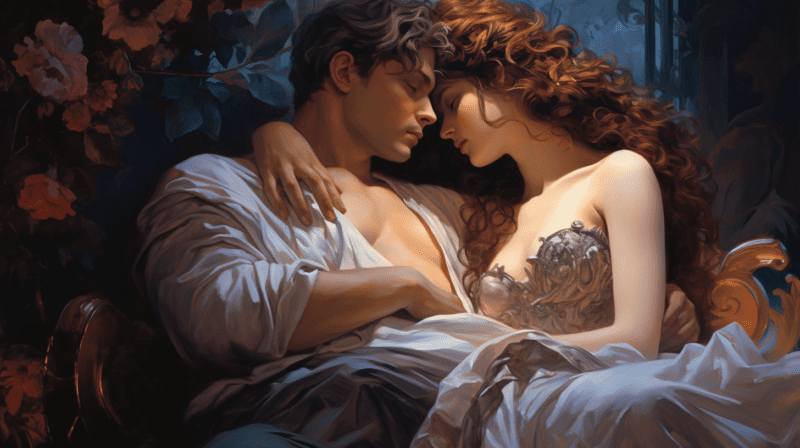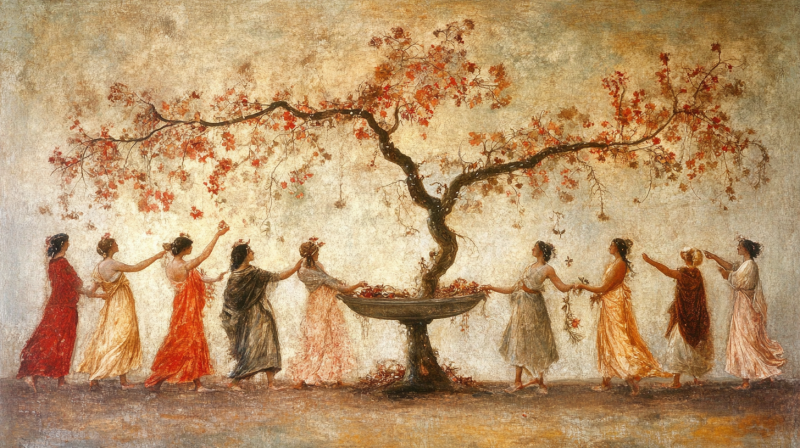It’s time to decorate your porch with pumpkins and start carving when the weather begins to cool and the leaves begin to change to brilliant autumnal hues. For Halloween, which is celebrated on October 31, expect a night filled with costumes, spooky snacks, trick-or-treating, Halloween party activities, and (for adults only) boozy Halloween cocktails.
Do you ever stop to think about where Halloween came from and what it means, such as whether it is a pagan or Christian holiday?
The meaning of Halloween
The origin of the modern English name “Halloween” can be found in medieval Christianity. The Middle and Old English terms meaning “holy” are where the word “hallow” comes from. It also has the noun meaning of saint. The day before All Hallows’ Eve, when an evening mass was held, was All Hallows’ Eve, and it was the Christian celebration we now know as All Saints’ Day. Eventually, the three-word moniker was abbreviated to “Halloween.”
Why celebrate it?
The earliest known source of some of our secular Halloween customs is said to be the ancient Gaelic holiday of Samhain, which began the evening before November 1 but occurred on that day. The seasons were changing at a critical time of year, but more significantly, observers thought the veil between this world and the hereafter was particularly thin, allowing them to communicate with the dead. This belief is common in many other cultures. On Yom Kippur, a Jewish holiday in October that involves praying for the dead, a similar idea is brought up. This connection with the dead is also where the idea that Halloween is “haunted” comes from.
The road to Christian Halloween, which falls on October 31, is a little trickier. All Saints Day was first celebrated on May 13 in the early 700s, when Pope Boniface IV gave the Pantheon in Rome to the saints. In the next hundred years, when Pope Gregory III built a chapel for the saints in St. Peter’s Basilica, he changed the date to November 1. Pope Gregory IV extended All Saints’ Day to the Christian calendar even another century later, bringing the holiday from Rome to churches all over the world. On October 31, All Hallows’ Eve followed All Saints Day. This may have been an attempt to balance out the pagan celebration with a religious one.
What about Halloween activities?
Due to the Celts’ belief in many gods, the early pagan festival of Samhain included a number of rituals to connect with the spirits. Although little is known about these celebrations, many people think the Celts ate special feasts, carved lanterns out of gourds (thus the origin of jack-o’-lanterns), and dressed up for the occasion (granted, costumes were probably as simple as animal hides). As Christianity spread and the pagan aspects of the festival became less important, the basic traditions stayed the same in popular culture. They just changed and became more modern.
The ancient esoteric rites gave way to more jovial fun and games. For instance, the more jovial concept of telling the future was used in place of the fairly serious concept of connecting to the dead. On All Hallows’ Eve, for instance, the game of “bob for apples” gained popularity as a form of fortune-telling. A woman’s suitors would all be apples, and the man—or apple—she bit into last would represent her future husband. In fact, young ladies in the 19th century had a huge (though somewhat superstitious) opportunity to meet men on Halloween.
Another popular All Hallows Eve custom was mirror gazing, in which participants attempted to see their future selves by gazing into a mirror. There are also claims that earlier times saw the distribution of favors resembling fortune cookies. The letters were folded and put into walnut shells after being written on pieces of paper in milk. After the shells were heated over a fire and the milk turned just the right shade of brown, the messages would appear on the paper as if by magic.
Trick-or-treating and costumes
It was rumored that many people would dress up as saints and sing or read poetry from door to door. Additionally, kids would knock on doors and ask for “soul cakes,” a dessert resembling biscuits. Technical note: Soul cakes were originally associated with the All Souls’ Day holiday on November 2 (yes, a third holiday after Halloween and All Saints’ Day! ), but as trick-or-treating expanded, they finally became a component of Halloween night. In order to protect their kids from holiday pranks, families would give them treats in the early to mid-1900s, which helped popularize the candy-grabbing concept.
The costumes evolved over time as well. Although they started out as sincere homages to saints, that custom probably lost favor at some point. until young Scots and Irish pranksters thought to dress up in frightful attire once more as a ruse to frighten unaware neighbors. And just like that, because of these local thugs, Halloween costumes became scary, creepy, funny, and creative all at once.
Halloween today
Halloween, which is still widely celebrated in America today, almost never made it over the Atlantic. The Puritans refrained from celebrating the feast because of its pagan origins. The American colonial Halloween celebrations that did occur included sizable public gatherings where ghost stories, music, dancing, and singing were all performed. However, it wasn’t until the second half of the 19th century, as more Irish and Scottish immigrants started to immigrate to America, that the holiday started to become ingrained in the culture.
The bulk of candy-loving, costume-wearing people in North America are thought to have observed Halloween by the early 20th century. On October 31st, we’ll all be enjoying our favorite sweets and ogling the Halloween decorations of our neighbors once more, and the only eerie spirits we’ll be discussing are the witch and ghost costumes our friends are donning.





